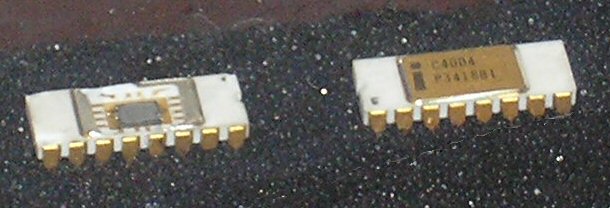 |
| Basic AXI Handshake protocol |
Sometimes an engineer will see a technique on a website or in a document and think, "Wow! That's a good way to do that!" Such is what happened when I came across the AXI style handshake described in this
Wikipedia article. I'd been looking for a good way for the M-32TL translator and printer modules to synchronize, and this seemed like a simple and well-tested mechanism.
This led me to consider the interface on the other side of the translator module, which is intended to talk to a FIFO. When I'd originally coded the translator I used a standard FIFO generated using ISE Coregen, figuring that was the best way to make sure the FIFO worked properly and was implemented efficiently. After discovering the AXI handshake I decided to re-implement it to use a First-Word Fall-Through FIFO because that allowed me to use the AXI handshake on both sides. Again I used Coregen.
If I wanted to run simulations using Icarus Verilog, though, I needed an alternative to a Coregen-constructed FIFO. Then I noticed that the Coregen FIFO used
27 slices for a 64 by 4-bit, common-clock FIFO. And I started looking at other FIFO implementations.
 I knew there was at least one lingering bug in the emulated i4004 CPU because I didn't see the contents of the OPA "register" output on the data bus during the X1 subcycle. But apparently the problems are bigger than that.
I knew there was at least one lingering bug in the emulated i4004 CPU because I didn't see the contents of the OPA "register" output on the data bus during the X1 subcycle. But apparently the problems are bigger than that.

